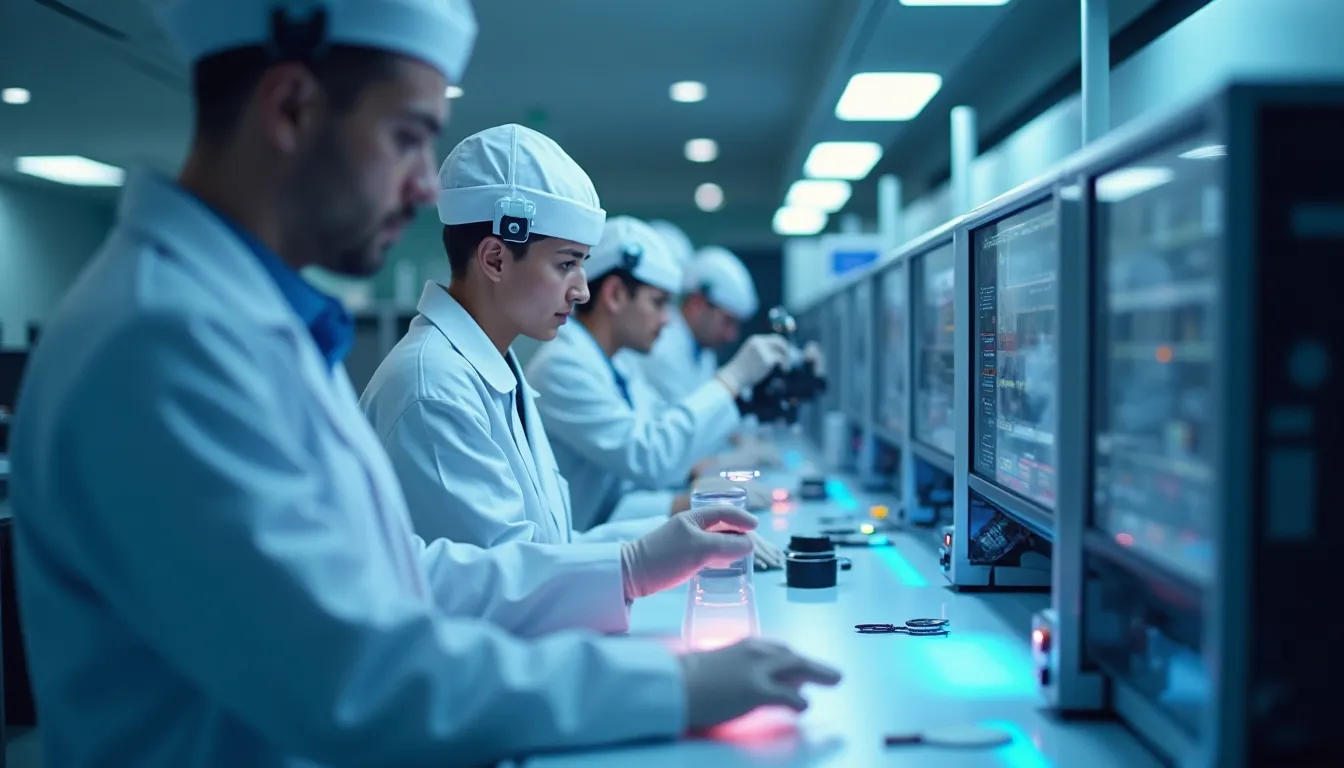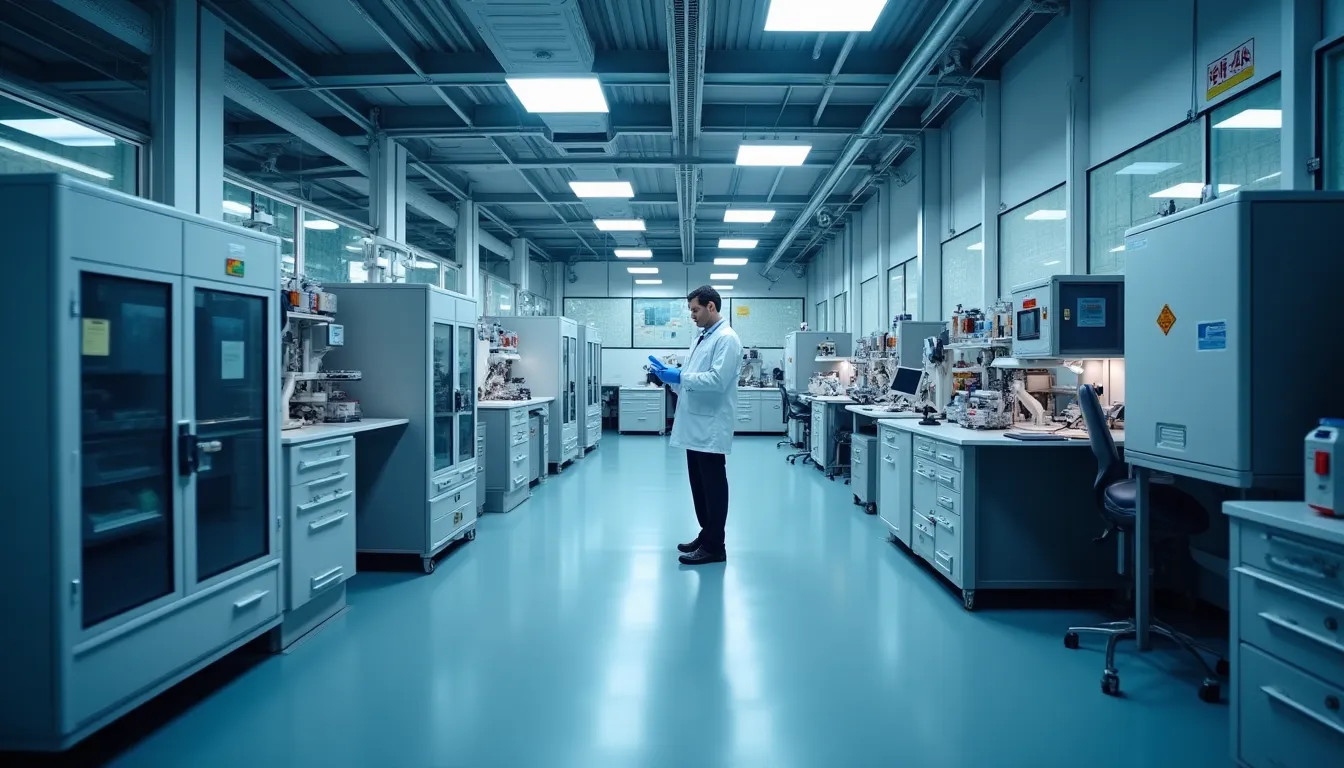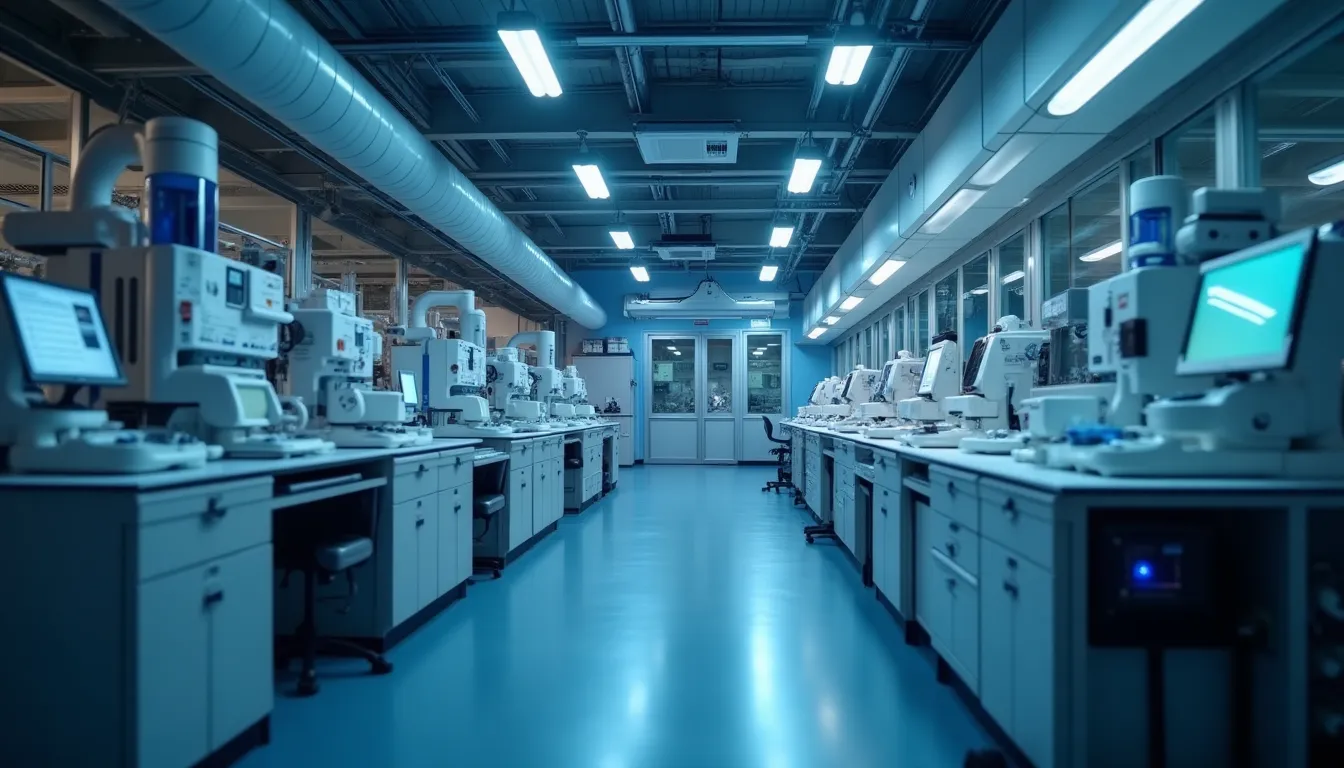The increasing volume of space debris poses a significant risk to satellites, spacecraft, and future exploration missions. As the number of objects in orbit continues to grow, recent developments in both technology and international policies highlight a concerted effort to tackle this pressing issue.
Japan’s Initiative for International Cooperation
In a pivotal move, Japan has initiated a comprehensive strategy aimed at establishing international standards for space debris removal. This initiative focuses on key areas including object identification, safe disposal mechanisms, and international cooperation. Japan’s plan outlines procedures for obtaining debris data from governmental and private entities, developing robust technologies for debris capture and deorbiting, and preparing proposals for discussion at the United Nations Committee on the Peaceful Uses of Outer Space (COPUOS) set for 2026.
The nation is advocating for mandatory integration of deorbit mechanisms, such as sails or tethers, into satellite design—a necessity as commercial satellite launches escalate, with companies like SpaceX, Blue Origin, and Rocket Lab leading the charge. As Japan’s Minister of Education, Culture, Sports, Science and Technology stated, “The need for international cooperation in space debris mitigation is more pressing than ever, and we must establish clear guidelines for all space actors.”
Global Technological Advances
Japan is not alone in its quest to address space debris. The European Space Agency (ESA) is spearheading the ClearSpace-1 mission, scheduled for 2026, which aims to test a robotic arm designed to capture a large rocket fragment. This mission will serve as a critical demonstration of debris removal capabilities. Similarly, China has been developing satellite technology equipped with robotic arms for debris capture and is exploring laser systems for deflecting smaller debris fragments.
In the United States, researchers at Sandia National Laboratories have proposed innovative use of infrasound sensors to enhance debris tracking and trajectory prediction. This research is crucial for improving our understanding of the debris environment and informing effective removal strategies.
Breakthrough Innovations in Removal Technologies
One of the most promising advancements in the realm of debris removal is a plasma propulsion system developed by researchers at Tohoku University in Japan. This system, reported in August 2025, utilizes a satellite-mounted plasma thruster to emit plasma towards space debris, effectively decelerating it without direct contact. Traditional mechanical methods often risk entanglement and secondary debris generation. The plasma approach aims to facilitate controlled re-entry of debris into Earth’s atmosphere, where it will burn up.
However, challenges remain, such as the “kickback” effect that occurs when the satellite is pushed away from the target, potentially hindering deceleration efficiency. Despite these hurdles, the feasibility demonstrated in laboratory tests marks a significant step toward safer and more effective debris removal methods.
Additionally, Japan’s JAXA has previously tested electrodynamic tether technology through the Kounotori mission, while Astroscale’s ELSA-d satellite has successfully showcased magnetic capture techniques for simulated debris. These pioneering technologies are critical in shaping international standards and informing commercial debris removal ventures.
Enhancing Tracking and Monitoring Capabilities
Effective debris removal begins with accurate tracking and monitoring. NASA’s Orbital Debris Program Office is continually updating its catalog of objects in orbit, refining methodologies for predicting debris explosion rates over time. These efforts are essential for understanding the scale of the debris problem and for guiding removal strategies.
As the commercial space sector continues to expand, the need for reliable debris tracking systems becomes even more paramount. Advanced navigation systems, such as high-performance MEMS accelerometers, are crucial for enhancing tracking precision and ensuring the safety of satellite operations.
Conclusion
Recent months have underscored the urgency of addressing space debris through both policy momentum and technological innovation. Japan’s leadership in advocating for international standards, coupled with advancements in non-contact removal technologies like plasma propulsion, highlights the complexity of tackling orbital debris. As global cooperation expands and research and development continue, the aerospace community must remain vigilant in its efforts to safeguard the space environment for future generations. The integration of advanced technologies and collaborative frameworks will be essential in creating a sustainable future in space exploration.
References
-
Keeping space clean and developing a green thumb off planet (www.cfpublic.org) - 10/15/2025
-
For space travel without space debris | News | Oct 15, 2025 (www.irs.uni-stuttgart.de) - 10/15/2025
-
Plasma propulsion system could help remove space debris without … (phys.org) - 9/8/2025
-
Japan launches international rules for space debris removal (www.innovationnewsnetwork.com) - 8/6/2025
-
Quarterly News - ARES | Orbital Debris Program Office (orbitaldebris.jsc.nasa.gov) - 1/1/2022



